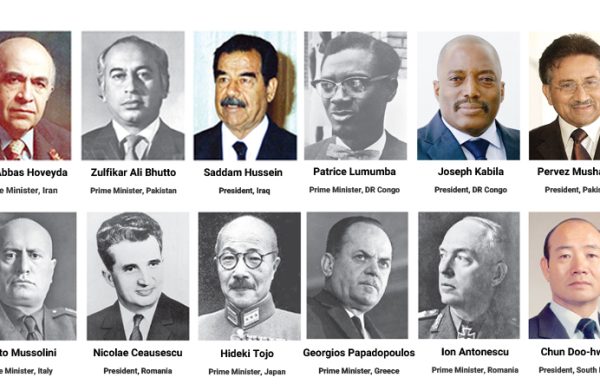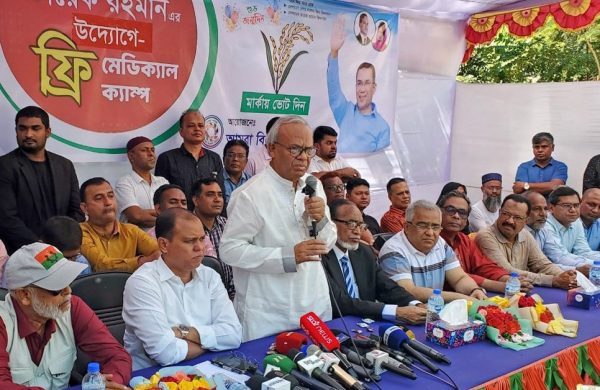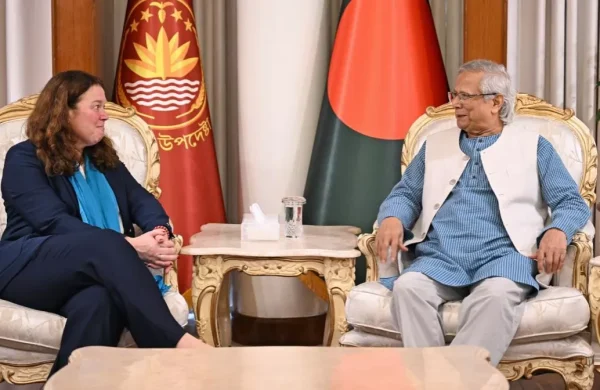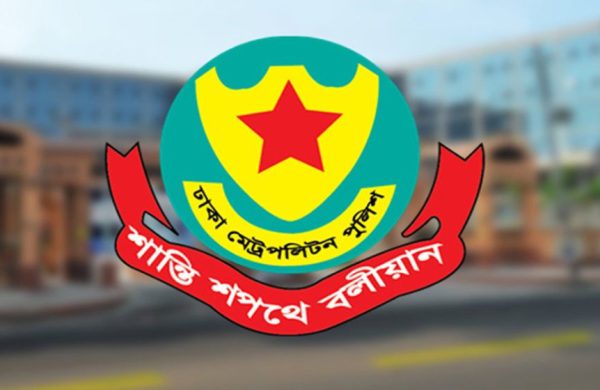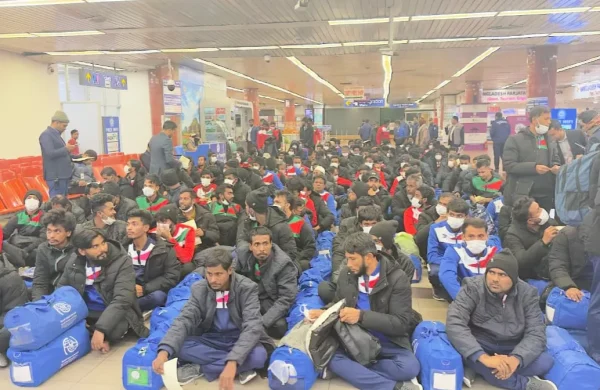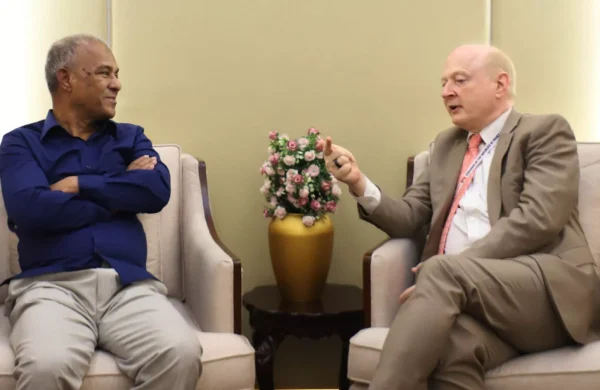Tangail BSCIC park blows past six deadlines, cost rises 2.5 times
- Update Time : Tuesday, November 18, 2025
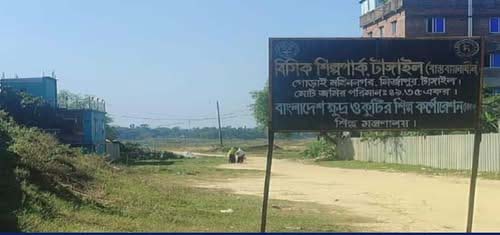
Tangail Correspondent:
Nearly a decade ago, the Bangladesh Small and Cottage Industries Corporation (BSCIC) took up a project to build an industrial park in Mirzapur upazila of Tangail. The goal was noble—creating employment through industrialisation two years after implementation and eventually reducing poverty.
Ten years on, the industrial park remains unfinished. The project has missed the two-year deadline six times, and the cost has ballooned almost 2.5 times.
The implementing agency, BSCIC, said it did not conduct a feasibility study when the project began in 2015 because it was “not necessary at that time.” It later found that the nearly 50-acre land the project covers was not ready for acquisition.
Once the lengthy acquisition process was completed, it became clear that the land would need to be raised above flood level. Amid these setbacks, the Covid-19 pandemic shocked the globe, and the economic fallout from the Russia-Ukraine war worsened overall poverty further.
On November 10, the Executive Committee of the National Economic Council approved the project’s third revision, extending the completion deadline from June 2025 to June 2027 and increasing the cost by Tk 39.43 crore to Tk 385 crore.
The project began in July 2015 with an initial cost of Tk 164 crore and was supposed to finish by June 2017. It aims to establish 80 industrial units and 95 industrial plots. Key components include land acquisition, land development, plot construction, a water supply network, a boundary wall, and administrative buildings, according to planning ministry documents.
EXPERTS BLAME WEAK PLANNING
Khondaker Golam Moazzem, research director at the Centre for Policy Dialogue (CPD), said, “The industrial park project has dragged on for 12 years mainly because of weak planning, poor land acquisition management, and a lack of accountability.
“Industrial parks are meant to accelerate industrialisation and attract investment, but in many cases the expected returns never materialise.”
He added that essential assessments, such as pre-feasibility studies, market linkages, and utility readiness, are often skipped.
Moazzem also noted that political and bureaucratic pressures frequently push projects forward without proper scrutiny. “If land acquisition takes years, it shows the project should not have been approved before securing the land. Yet this keeps happening.”
He warned that such delays cause national losses. “We lose potential jobs, investment, and years of industrial growth. These losses cannot be recovered. When a project stalls for twelve years, it reflects deep structural weaknesses and ultimately erodes public trust.”
Shaifuddin Khaled, lecturer of economics at Begum Rokeya University in Rangpur, said, “A project designed for two years taking twelve years is not just mismanagement, it is a structural failure of planning. Although the overall budget has risen two and a half times, once you factor in the lost opportunity cost, the real loss is several times higher.”
He added, “If the project had been completed on time, the community could have started reaping economic benefits back in 2018. Losing those ten years of benefits is a massive blow that cannot be recovered through budget adjustments.”
Khaled said the long delays also undermine the project’s core purpose. “The region loses years of potential employment, and the unemployment pressure on the economy keeps rising.”
He further noted that weak feasibility studies and politically motivated approvals leave room for corruption. “When rules are bent or projects are rushed without proper planning, it opens the door for undue benefits and repeated cost escalations. This culture of delay ends up encouraging further corruption.”
BSCIC CITES LAND ACQUISITION ISSUES
Acknowledging the delay, GM Rabbani Talukder, project director and deputy general manager of BSCIC, said the main reason for the long delay was land acquisition.
“Although the acquisition proposal was made back in 2017, the land price increased sharply after the government revised the compensation law, raising it from one and a half times to three times the market rate,” he added.
He also noted that settlements existed on government khas land within the project area. “These were evicted in 2022, but some people stayed on and filed ownership-related lawsuits. Because of those cases, the DC office couldn’t hand over the land to us until December 18, 2024.”
Regarding rising project costs, Talukder said, “The escalation was mainly driven by land-filling requirements. When we first designed the project, feasibility studies weren’t mandatory. Later, during the eighth project steering committee meeting, it was decided that the site needed to be reassessed to determine the required soil volume based on flood levels.”
“We appointed a consulting firm and also engaged a government institution to conduct the feasibility study. Their assessment found that we would need around eight lakh cubic metres of additional soil to reach the required flood level. The entire cost increase came from that,” he added.
On the absence of earlier feasibility studies, he said, “In the past, many projects were approved without professional assessments, relying instead on internal committees. Now it is mandatory, and we are strictly following the process.”
Talukder expressed hope that, with previous complications resolved, the project would be completed within the newly extended deadline of June 2027.










